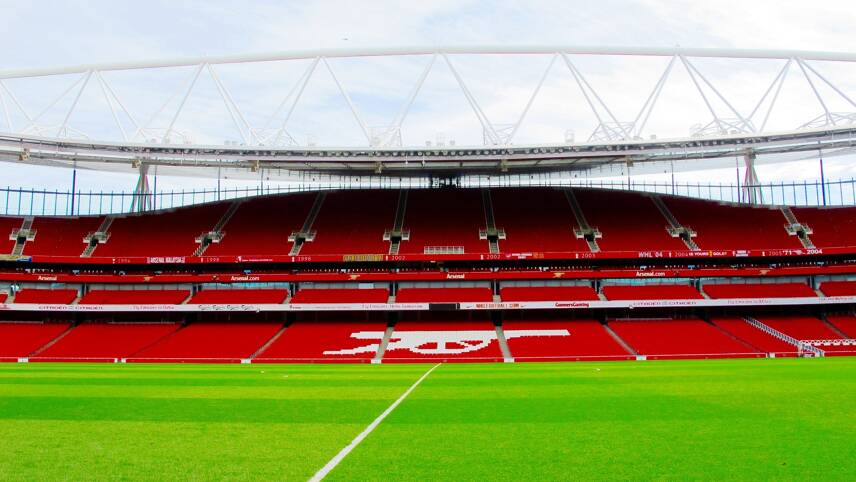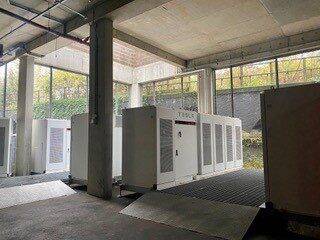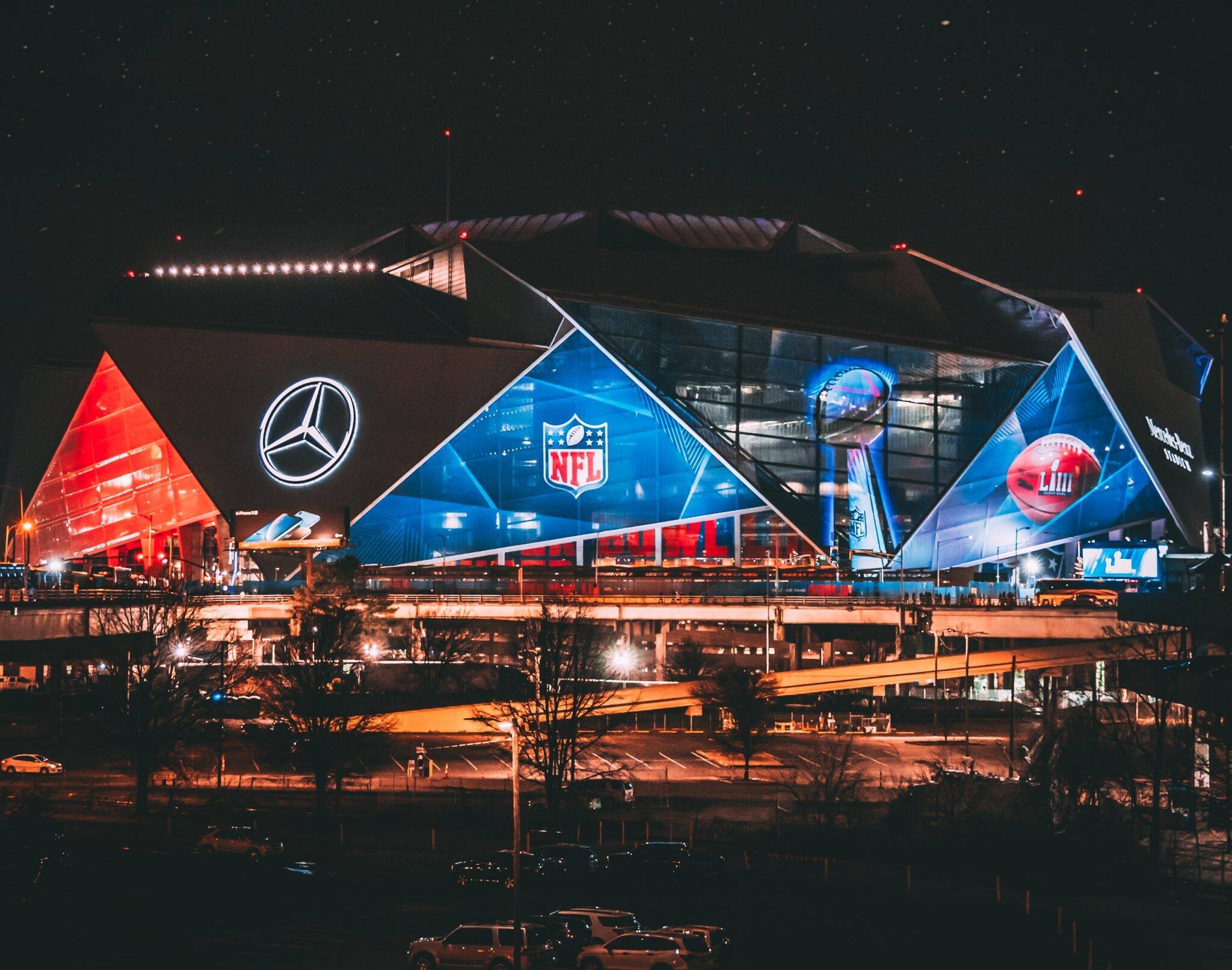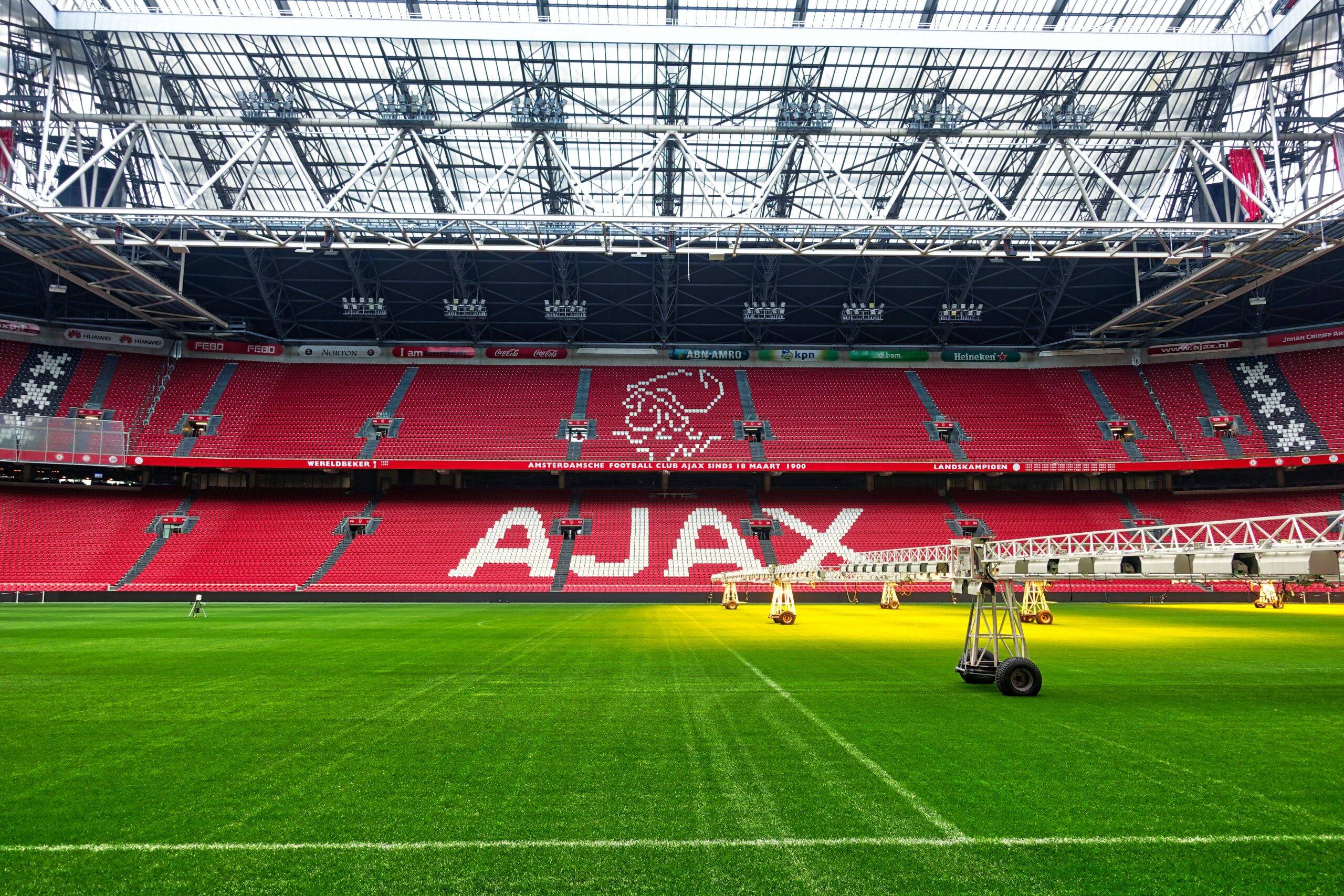You’ve reached your limit!
To continue enjoying Utility Week Innovate, brought to you in association with Utility Week Live or gain unlimited Utility Week site access choose the option that applies to you below:
Register to access Utility Week Innovate
- Get the latest insight on frontline business challenges
- Receive specialist sector newsletters to keep you informed
- Access our Utility Week Innovate content for free
- Join us in bringing collaborative innovation to life at Utility Week Live

Lucy Yu, CEO of Octopus Energy research arm Centre for Net Zero, breaks down opportunities in energy infrastructure and reflects on the ongoing transformation of Arsenal’s Emirates Stadium into a flexible energy asset.
Supported by COP26 and the Premier League, #GameZero – a fixture between Tottenham Hotspur and Chelsea on 19 September at the former’s north London home – was recently celebrated as the world’s first net-zero carbon football game at an elite level.
Over the last five years, however, efforts have also been underway to turn the red half of north London green.
In 2016, Arsenal teamed up with Octopus Energy to implement a new set of tactics geared towards kicking its significant energy consumption – not least from its 60,000 seater Emirates Stadium – into touch, and switching to 100% green electricity.
In the time since, Arsenal has kicked off a club-wide sustainability strategy — designed to cancel out the negative environmental impact of every element of the club, spanning its first team’s air miles to floodlight efficiency and ground maintenance, according to Centre for Net Zero.
Alongside a raft of green initiatives – from a reusable cup scheme in tandem with drinks partner Camden Town Brewery to being the first Premier League club to commit to the UN Sports for Climate Action Framework – supporting self-generation capabilities has become a firm fixture at the Emirates.

So far, the club has introduced 7kW Octopus Energy electric vehicle (EV) chargers in the stadium’s underground car park – enabling fans with EVs to charge during games – and installed a Kraken Flex boosted 3MW battery storage system with capacity to run the Emirates for an entire match or power 2,700 homes for two hours. Future additions to Arsenal’s line-up to harness the power of wind in and around the Emirates have also been touted.
Broader role for flexible assets
A predicted additional annual electricity demand of more than 80TWh per year by 2050 flagged in smart energy platform Kaluza’s Project Sciurus white paper already appears to be encouraging greater creativity in flexibility projects.
Green goals are becoming increasingly visible in the world of sport, for instance – with Arsenal far from alone in their efforts.
 The Mercedes Benz Stadium in Atlanta – home to Atlanta United football club and the NFL’s Atlanta Falcons – became the first professional sports venue in the United States to achieve Leadership in Energy and Environmental Design (LEED) Platinum Certification for its commitment to renewable energy, stormwater management, and water efficiency, for example.
The Mercedes Benz Stadium in Atlanta – home to Atlanta United football club and the NFL’s Atlanta Falcons – became the first professional sports venue in the United States to achieve Leadership in Energy and Environmental Design (LEED) Platinum Certification for its commitment to renewable energy, stormwater management, and water efficiency, for example.
 What’s more, Amsterdam’s Johann Cruijff Arena – home to Ajax football club – won a Green Apple Award in 2018 for its innovation in energy storage and contribution to the Dutch energy grid. Closer to home, Forest Green Rovers football club has planning consent for what it hopes will become the world’s greenest football stadium. Designed by the world-renowned Zaha Hadid Architects in tandem with Ecotricity – whose founder, Dale Vince, is the Gloucestershire football club’s chairman – the Eco Park development aims to harness renewable energy and offer on-site EV charging.
What’s more, Amsterdam’s Johann Cruijff Arena – home to Ajax football club – won a Green Apple Award in 2018 for its innovation in energy storage and contribution to the Dutch energy grid. Closer to home, Forest Green Rovers football club has planning consent for what it hopes will become the world’s greenest football stadium. Designed by the world-renowned Zaha Hadid Architects in tandem with Ecotricity – whose founder, Dale Vince, is the Gloucestershire football club’s chairman – the Eco Park development aims to harness renewable energy and offer on-site EV charging.
Please login or Register to leave a comment.